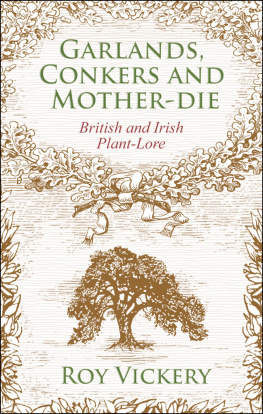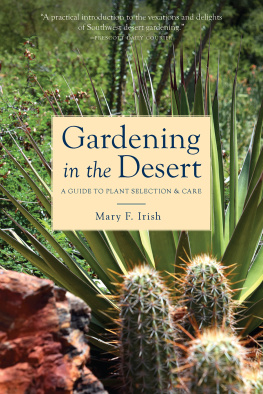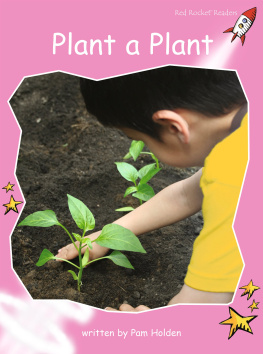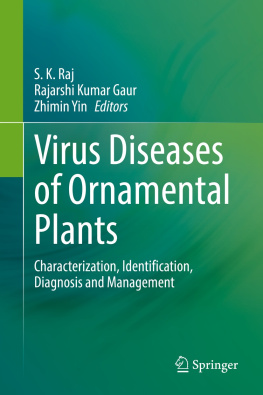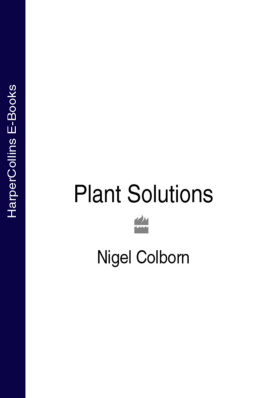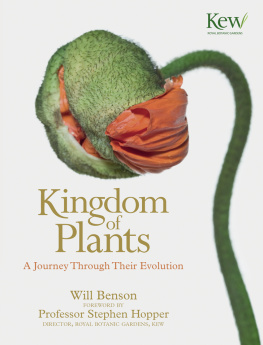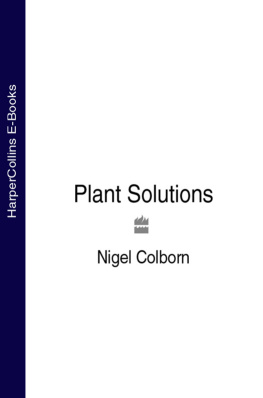Preface
Harvard Universitys Richard Evans Schultes (19152001) is generally considered to have been the twentieth centurys greatest ethnobotanist. His work in tropical South America inspired generations of students to visit these countries and continue his pioneering work. Schultes had a habit of dropping into botanical institutions unannounced, asking if they had received any new specimens of rubber ( Hevea spp.) and expecting to see the head of the organization. One day in the 1990s he dropped in on the Department of Botany, at the Natural History Museum in London. As the Head of Department was busy when he arrived, the great man was brought along to me. We established that no new Hevea specimens had been received, and I attempted to make conversation. I remarked that I had an interest in the ethnobotany of the British Isles. His reply was instant: The British Isles have no ethnobotany. Admittedly, if one defines ethnobotany as being the use that primitive people, or people in remote agricultural communities, make of plants, or the beliefs they have concerning these plants, Great Britain and Ireland have little, if any, ethnobotany. However, even if the majority of the population of these islands is not concerned with the daily gathering or cultivation of plants, they are as dependent on plants as inhabitants of other parts of the world. Also, early in the twenty-first century it is still possible to talk to people in the British Isles who have knowledge of wild plants as food, traditional herbal remedies, and folk beliefs, or superstitions, concerning plants.
This book seeks to explore some of this material, but I have rejected the term ethnobotany, and have preferred to use the word plant-lore instead. All too often ethnobotany seems to involve outsiders visiting a community, to collect and tabulate its traditional knowledge of plants. Frequently the work of ethnobotanists provides us with a list of plants and the ailments that they are supposed to treat, without giving us a great deal of information about how this treatment is carried out. There has been an urge to collect information about how plants were used (possibly due to an unspoken but mistaken belief that such information is only of any interest if it is collected from people living in exotic locations), and less importance has been attached to folk beliefs, which might be considered useless and hardly worthy of record.
The study of plant-lore involves the collection and study of the ways in which people in ones own country or community view and use plants. It places equal importance on use and belief.
Schultes was not alone when he stated that the British Isles has no ethnobotany; many people assume that they once had their own traditions, but these are now dead. Until quite recently it was thought that Geoffrey Grigsons The Englishmans Flora , first published in 1955, had gathered together all that was worthwhile; there was no need for further investigation. Alternatively, people recognized that interesting material could still be collected, but only from people living in the Celtic Fringe remote north Wales, the Highlands and Islands of Scotland, Ireland, and, possibly, bleak moorlands or quaint fishing villages in Cornwall and Devon. If these people spoke a minority language, then their lore was somehow more authentic and more worthy of collection and study. England, particularly the south-east corner of England, was of no interest. This belief probably arose from the fact that while the Irish, Scots and Welsh have had to struggle to assert their national identity, and have used their folk traditions as a way of doing this, the English have not had to do this. Consequently, English folk traditions as a whole have been neglected.
However, there is abundant evidence to suggest that, even in England, plant-lore thrives in the twenty-first century.
People have an increasing interest in growing their own food; consequently, traditional ways of doing things are remembered, or taken from books, and passed over allotment fences. The growing interest in foraging seeking and gathering wild foods leads to an increased knowledge of almost forgotten recipes and such beliefs that blackberries are contaminated by the Devil and should not be eaten after certain dates. Although it is extremely doubtful if many people still believe that the Devil is responsible for the poor quality of late fruit, they remember the dates, and either avoid blackberries, or comment if they find good ones, after those dates.
Other superstitions that continue to thrive are those that suggest that certain flowers are unlucky when taken indoors. Many people refuse to have flowering hawthorn or lilac in their homes; others feel uneasy when they see snowdrops or altar lilies. It only needs a coincidence to occur a fall that breaks a leg, the death of an elderly uncle, or the breaking of a favourite vase to reinforce the idea that it is unsafe to bring hawthorn flowers indoors. Many hospitals are reluctant to allow vases of red and white flowers in their wards due to a belief, apparently dating from no earlier than the late nineteenth century, that such flowers are a sign of death. Lucky white heather, which was first valued in the second half of the nineteenth century, continues to decorate greeting cards. Even more recent in origin, dating only from the 1970s, is the belief that the possession of a money tree, the succulent houseplant Crassula ovata , will ensure financial well-being.
People are re-evaluating natural resources in a way that they last did during World War II. We are rediscovering uses of native and commonly cultivated plants. Slices of potato are rubbed across car windscreens to prevent the formation of ice, orange skin is used to deter cats (and to kill pubic lice). More and more people seek what they consider to be natural cures. Twenty-five years ago when talking about British herbal remedies one could safely assume that most of the audience considered such remedies to be faintly amusing and would never attempt to use them. More recently it has become necessary to start each talk with a warning that most of the remedies are untested, and people are not advised to use them on their families. It has become widely accepted that cabbage leaves can help relieve sore breasts, and banana skins can be used to remove verrucas.
Children are shown how to make daisy chains and to make fish-bones from horse chestnut leaves. Many people remember other childrens pastimes that used plant materials: making banjos or guitars from greater plantain leaves, blowing dandelion seedheads to tell the time, and biting into the bases of honeysuckle flowers to extract the nectar.
Perhaps surprisingly in a country that has become increasingly urbanized, and where many wildflower books are available, local plant names continue to survive, and it is still possible to record names that seem to have been missed by earlier collectors. Occasionally, cow parsley is known as stepmothers blessing. According to a belief, not recorded until early in the twentieth century, if flowering cow parsley was taken indoors ones mother would die. Being applied to more than 30 plants, bachelors buttons is a name that continues to cause confusion.
Legends about plants continue to be repeated in local guidebooks, and in more scholarly works such as Jennifer Westwood and Jacqueline Simpsons Lore of the Land (2005). Some of these legends, such as that of the Glastonbury, or Holy, Thorn, have histories that stretch back through many centuries. Others, such as those of St Newlinas fig tree in Cornwall, and the trees that grow from atheists tombs in Hertfordshire, appear to have been invented in the first half of the twentieth century.

